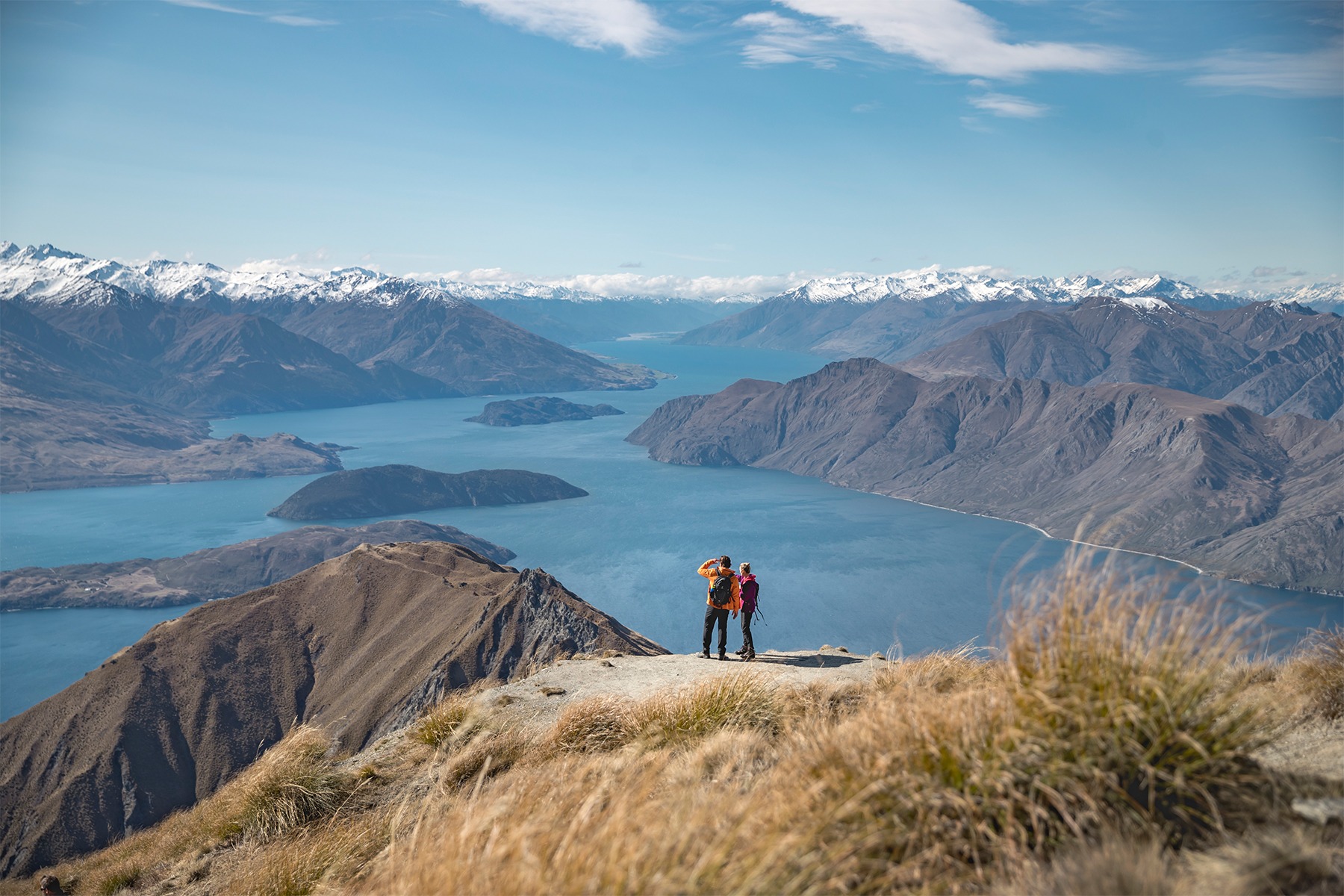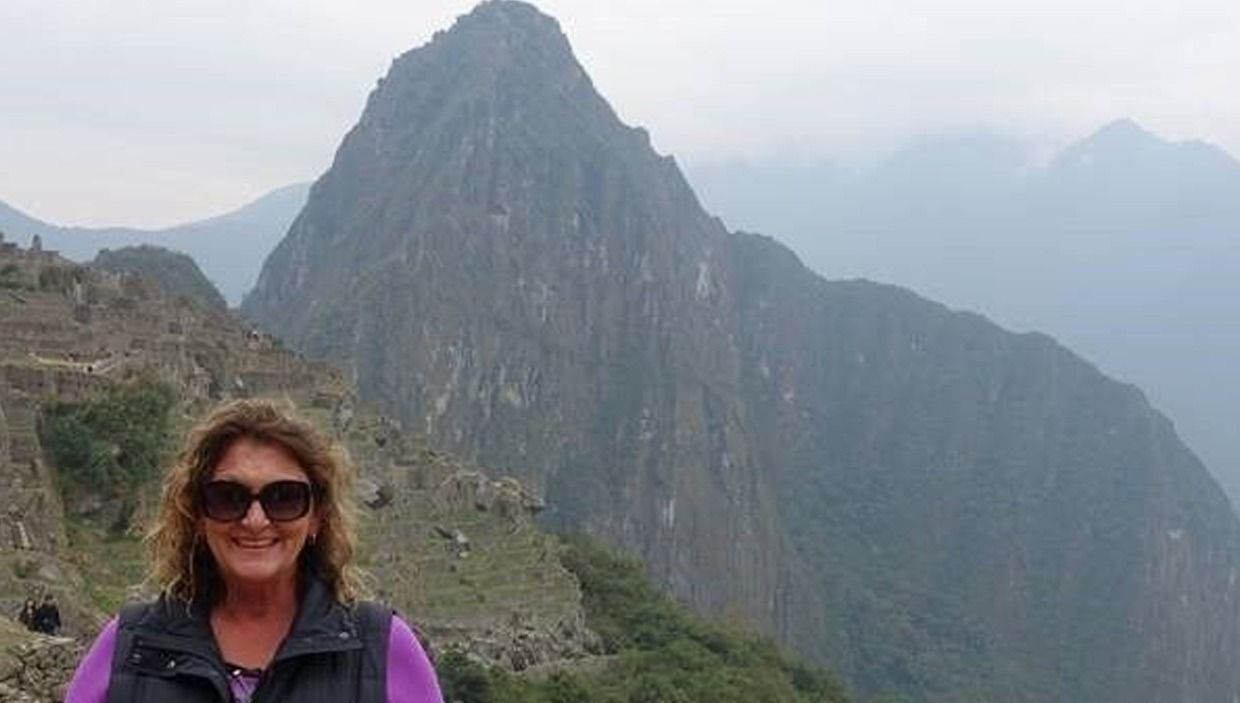
By Helen Baker
50 years Young: Mountain Lodges of Peru – Sacred Valley and Lares Cultural Adventure Trek to Machu Picchu.
I always planned that for my 50th Birthday I would cross off a bucket list holiday rather than having a party. So, Peru bound I was. My husband and I spent a little over three weeks there travelling through Arequipa, Colca Canyon, Puno, Cusco, Lima and then Iquitos for an Amazon Cruise. But today I wanted to share what was our most favourite part of the holiday, and this was doing our seven-day cultural and trek adventure from Lares to Machu Picchu.
What first attracted me to this tour was not only the small group (16 people), but we had the daily choice of either trekking, guided cultural activities, or simply do nothing and relax using the lodge facilities for the day.
The rooms at the lodges were beautiful, we had our own room and everything was provided. Hot showers and comfortable beds (no tents) to sleep, fresh for the next day’s activities. The meals at the lodges were amazing and the stories shared there between the group were always interesting.
The great thing about this tour is it’s suited for all types; singles, couples and families. Whether you’re active, so-so active or not so active. There is something for everyone.
From here, let me take you through some of the highlights of our tour. You will notice that most of my images are of the daily cultural activities. It was a hard decision to make every day between trekking the beautiful country side of the Andes or go on the cultural activities for its people, villages, and ruins. Having a touch of “FOMO” (fear of missing out) my inner self pushed me more to the culture activities.
Pre-trip Briefing in the City of Cusco
The night before the tour began, the group met at a hotel in Cusco for a one hour tour briefing. This was great as it gave everyone a chance to meet before the next morning’s departure. The lead guide was there to hand out the tour itineraries and explain how everything will work over the next seven days
Chinchero
Today we were picked up from our Cusco hotel at 7am and everyone headed for their first group activity in Chinchero. First off, we stopped at a local village where we were shown a textile demonstration on how they colour wool by boiling and using natural plants, along with the art of weaving which the girls start to learn from the age of seven.
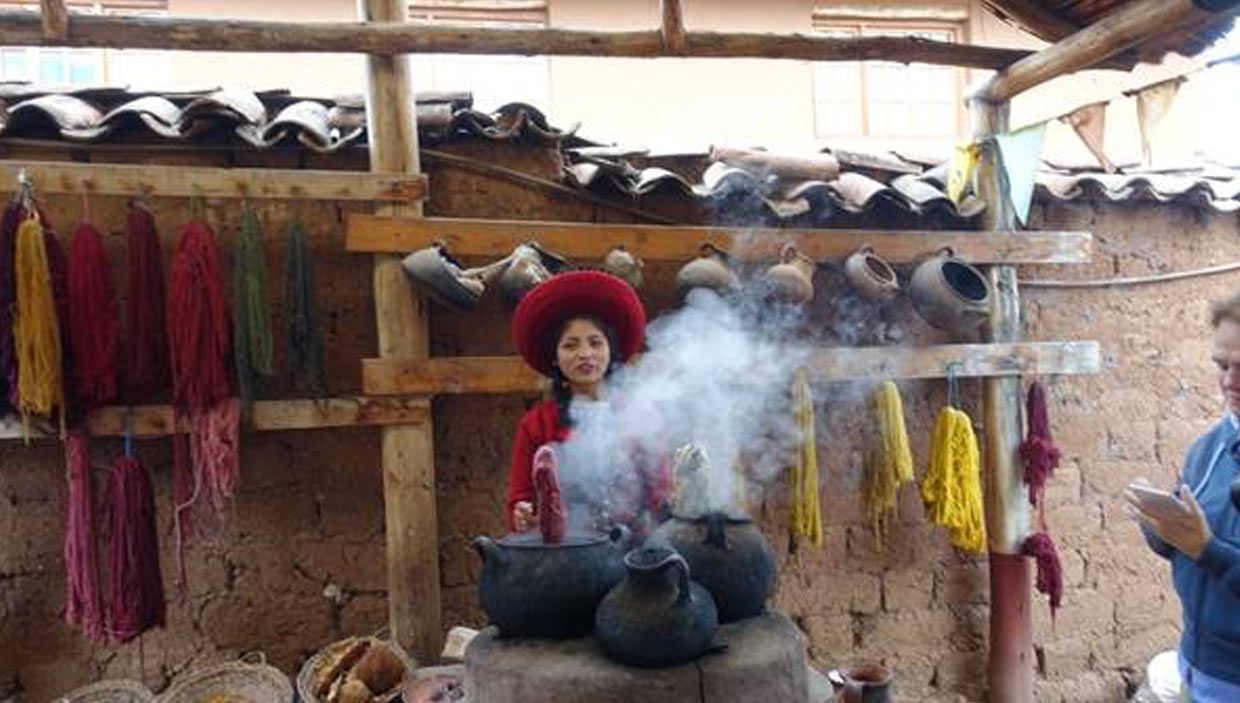
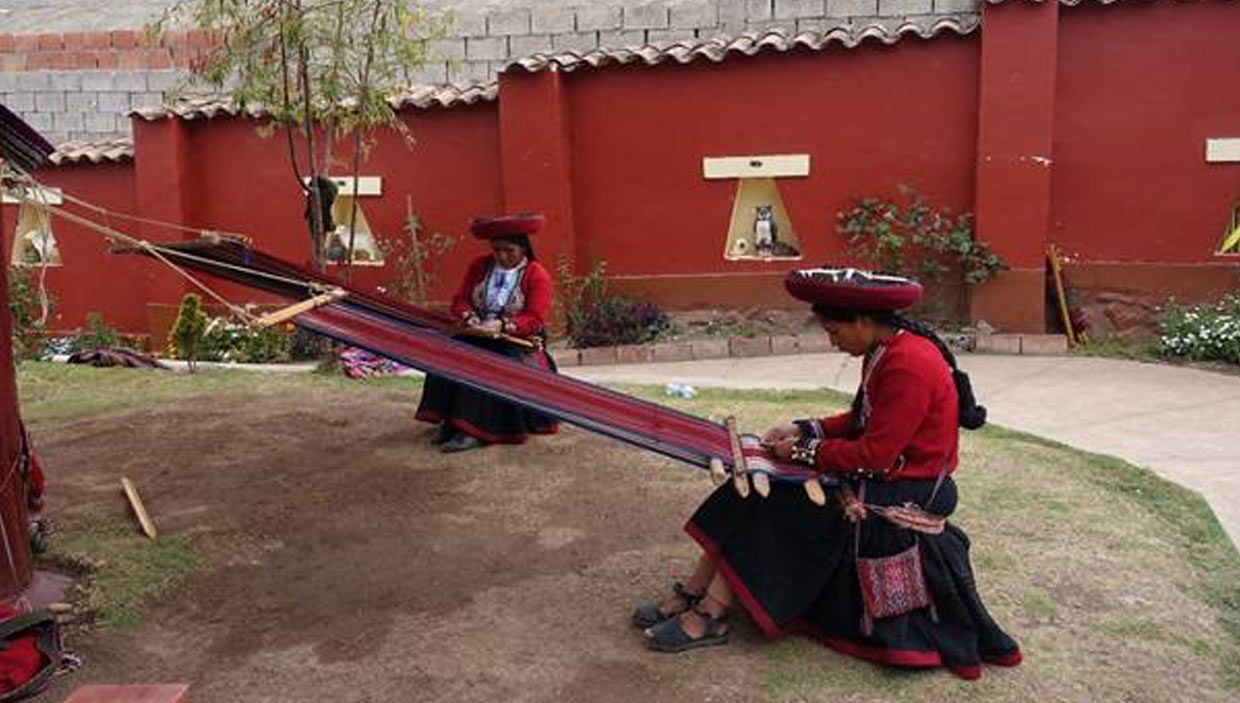
From here, we went to one of the original Inca towns. Chinchero, with an elevation of approx. 3160 metres above sea level is an archaeological site where you will learn about the importance of its agricultural production and irrigation systems. In the image below you can clearly see the original Inca built canals running through the cobblestone street which was used to collect water from the nearby mountains.
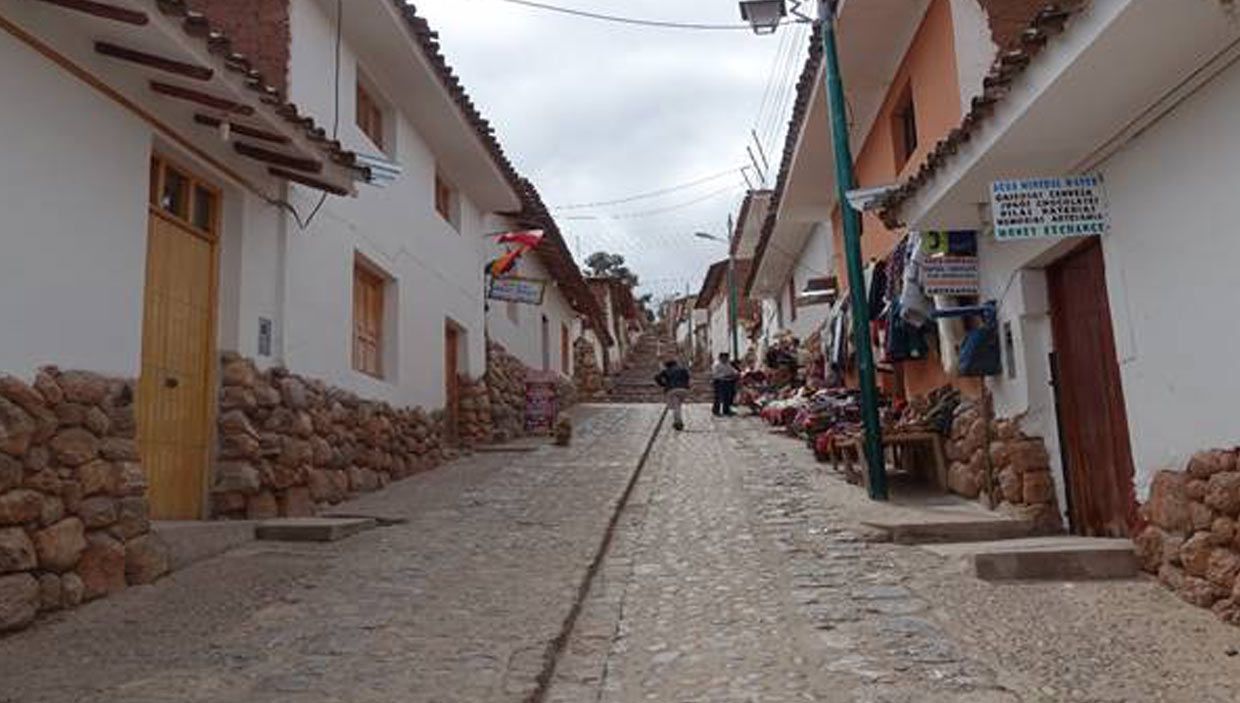
While in Chinchero, we had a very interesting visit to the oldest church in the town, built by the Spanish in 1607. The church is built on top of the remains of Inca ruins. While inspecting the church we were lucky enough to witness a wedding about to take place with its procession of brightly coloured dancers and drummers.

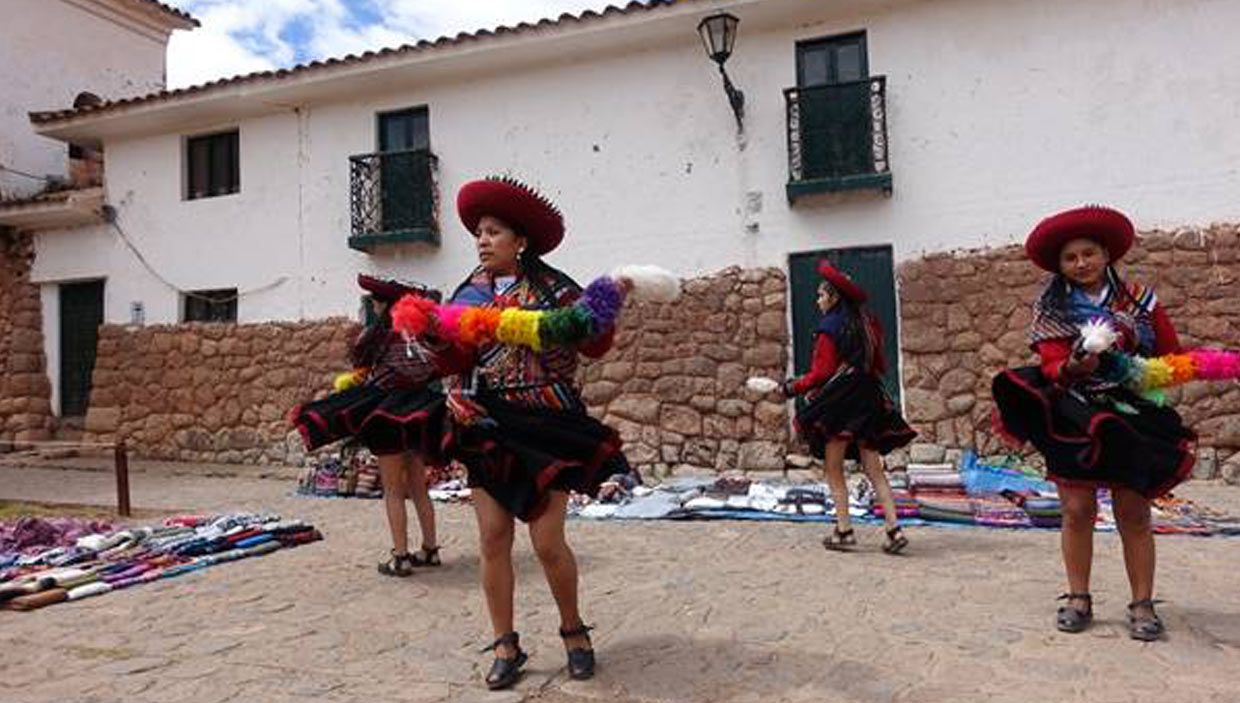
From here the group split into its afternoon activities with the choice of doing a three-hour trek from Chinchero to Urquillos, or continuing on with the cultural activities where we visited the Moray and the Maras Salt Mines in the Sacred Valley.
The Moray Inca Agricultural Site
There are a few myths about how this was made. Some say it was the product of aliens, others say it was caused by a meteorite. However, over time it was determined that the Incas themselves had created this. Using their amazing engineering knowledge for irrigation, they built the circle terraced to maximise the volume of crops they could grow with enough water to maintain them. This was the mystery people couldn’t figure out, how the water ran off and didn’t fill the pit full of water; until they found that the Incas had crushed the rocks during the digging like sand and laid this under the main circle as a filtration system. Very smart!
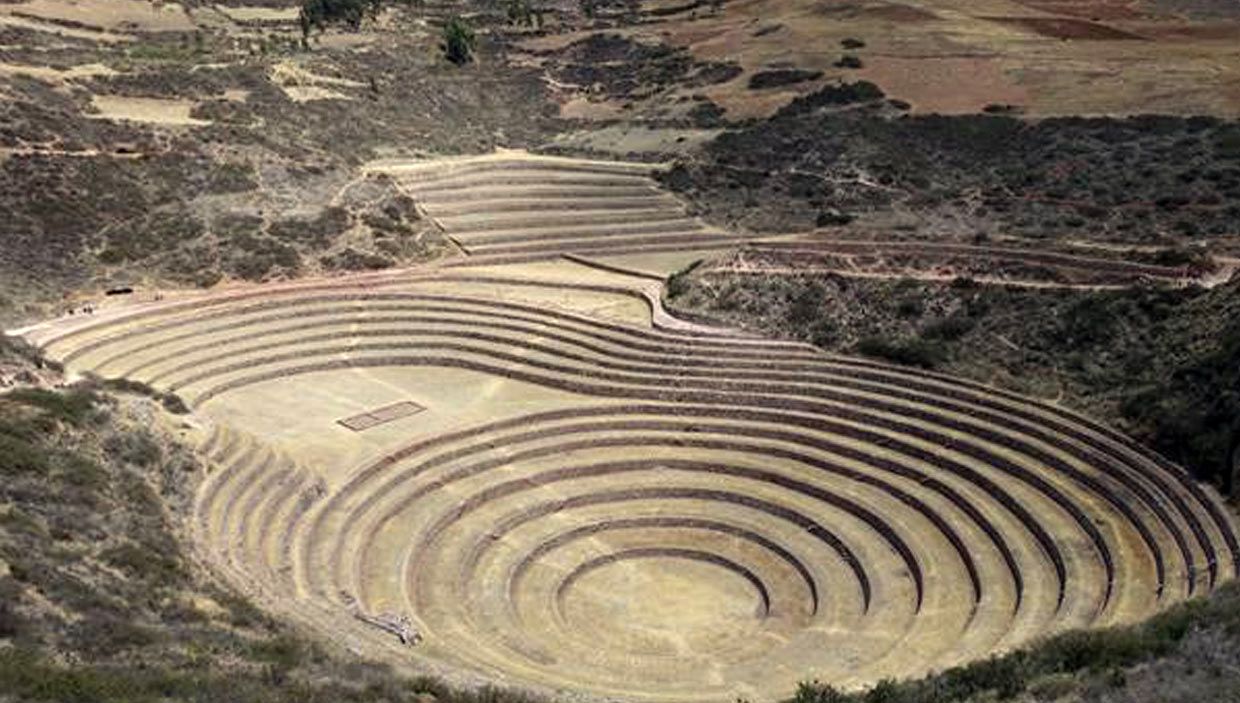
The Maras Salt Mine
Next stop was the Maras Salt Mine ponds; these were constructed pre Inca times and continue to be used today.
The salty water in these ponds emerges from a natural underground spring. It is then directed into a system of tiny channels so the water runs gradually down into each of the ponds.
As the evaporation occurs, salt is left at the top of the ponds. The salt is then manually scraped off the top and bagged. It is then stored until sold. Today the salt is sold worldwide.
From what I was told, the ponds cannot be purchased and are handed down generation to generation and no family can own more than five.

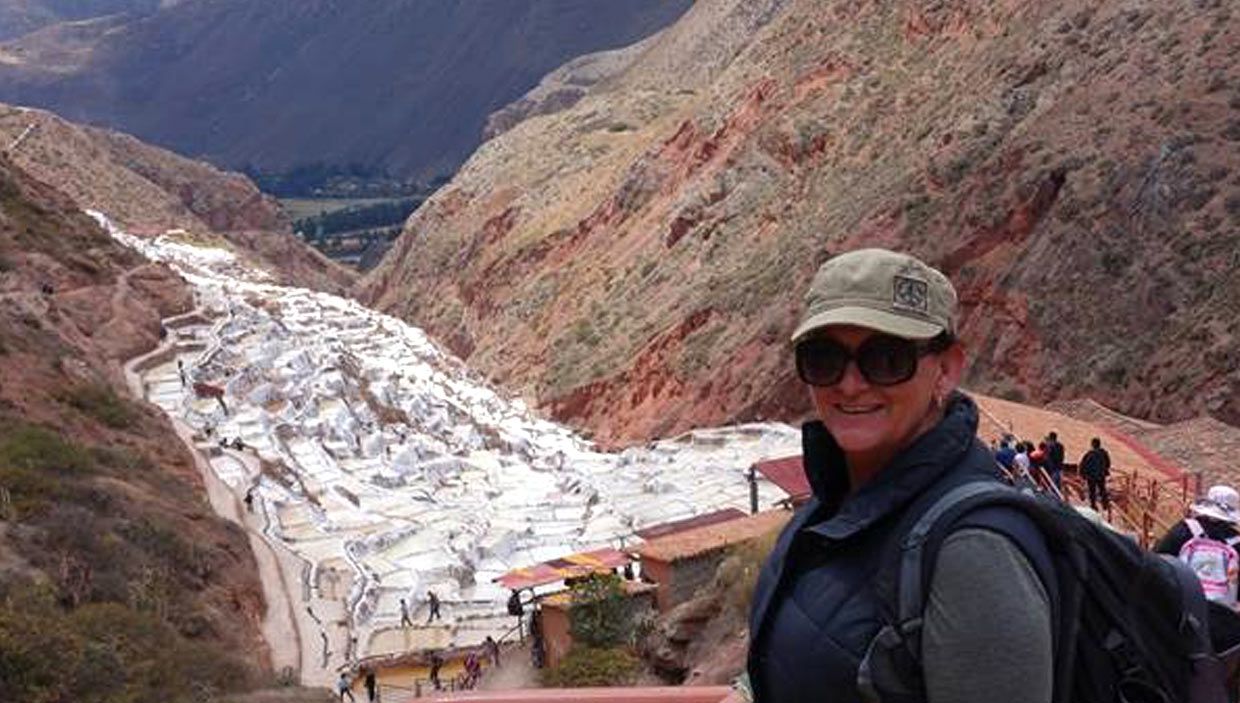

After the salt mines, it was a small one hour hike from the top of the mines down to Pichingoto. This was an easy downhill walk where we passed local homes and the Urubamba River. At the end of the walk, our tour bus was waiting to take us onto our lodge in Lamay; our home away from home for the next two nights. Time to jump in that outdoor spa and relax!
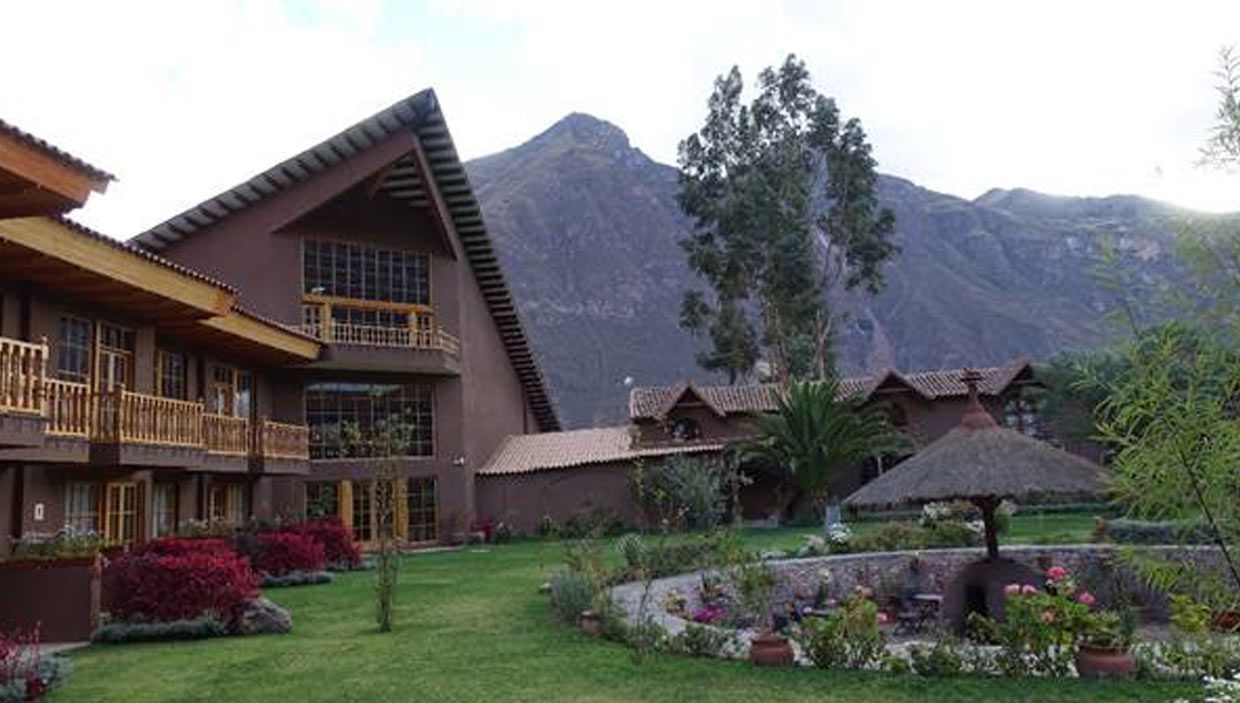
Pisaq Town Viacha
Known for its Inca Ruins but also for its large food and craft markets held every Sunday, Tuesday and Thursday. The Market gives you a view into the traditional Quechuan culture where they still trade using items rather than money.
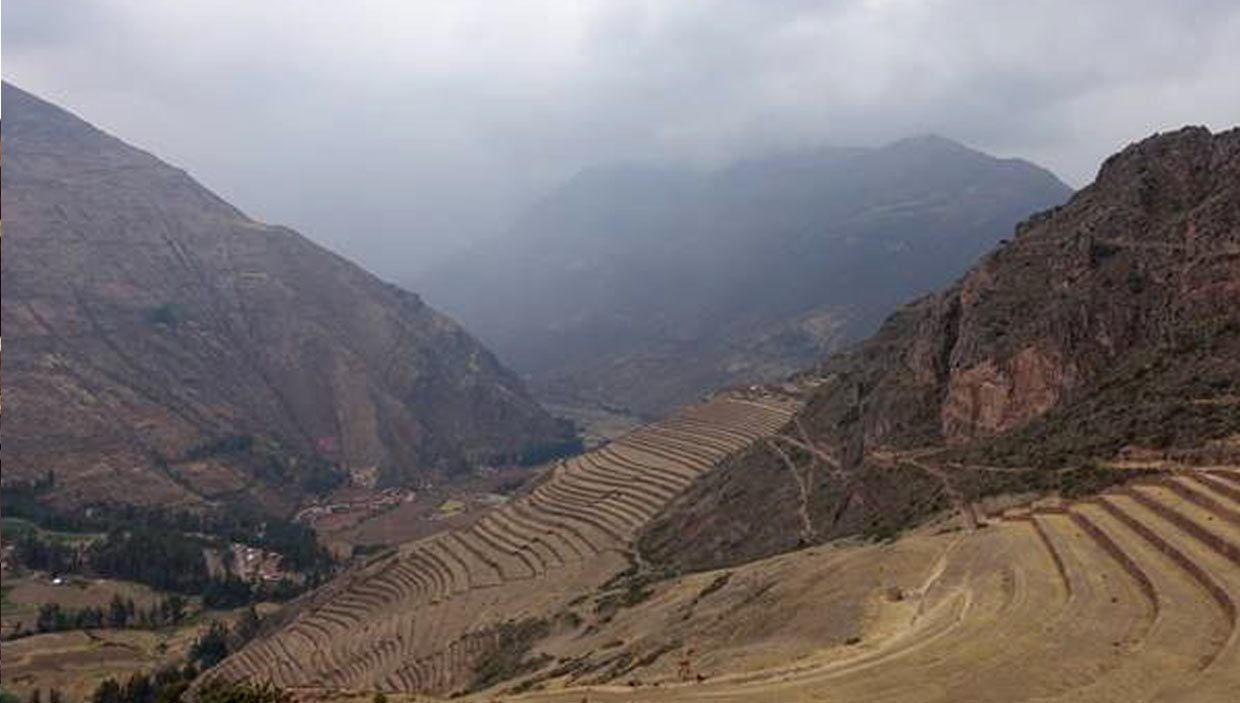
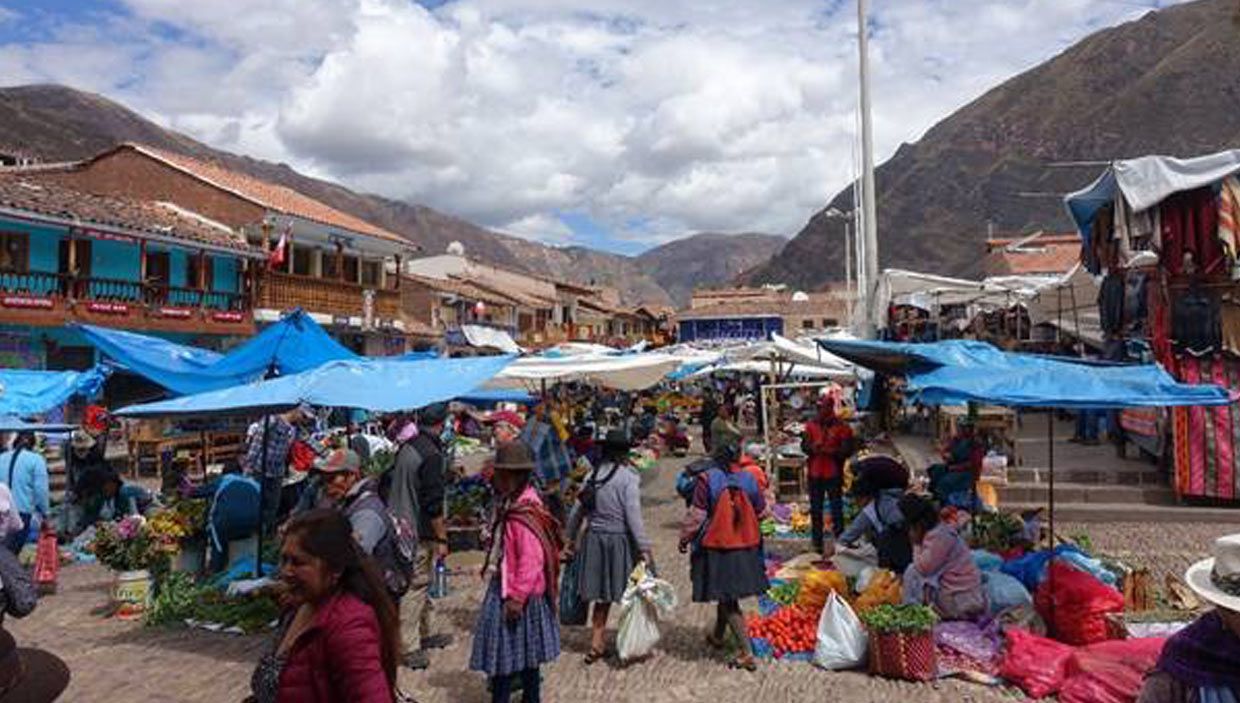
Look how colourful the food is; and have you ever seen that many colours of corn before? And let’s not go past the freshly cooked bread eaten straight from the wood fire oven. Yummy!
Moving from Lamay to Huancahuasi
This so far had to be my favourite day for the changing scenery. We left Lamay heading for Lares and Huancahuasi, where we reached a peak of 4376 metres above sea level. We could now see snow-capped mountains clearly.
We then stopped in the town of Choquecancha for a hosted lunch. From what we were advised, this town only allows Mountain lodges of Peru clients to visit as they want to keep away the outside influences as much as possible, so the local people keep their traditions
Huacahuasi Lodge
The second lodge on the tour; and what a beautiful surprise it was when you first see it. Sitting on top and peeking out over the top of its own mountain with views of the valleys was more than spectacular.
The lodge is amazing inside and out – my images do not do it justice. This lodge is so remote it was built by the community and Mountain Lodges of Peru together, and today is staffed by the locals which gives them a stake in tourism.
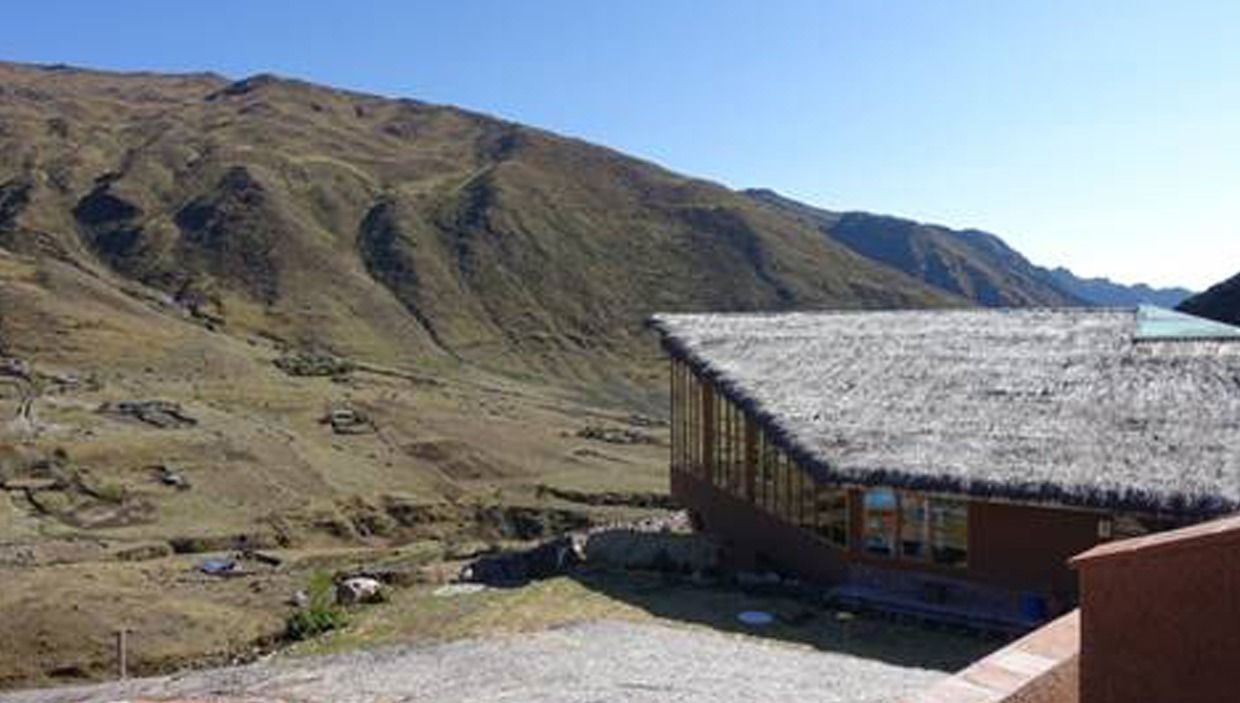
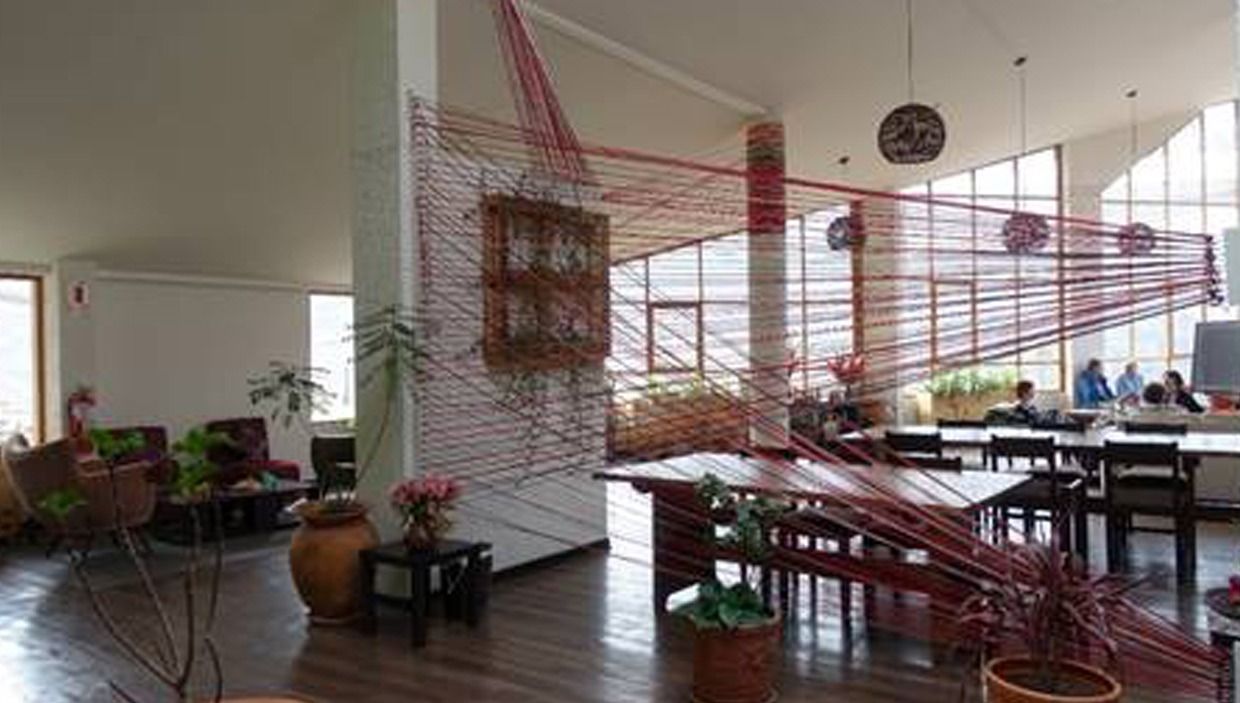
An added bonus to this lodge was having your own Jacuzzi on your private balcony overlooking the valley below and mountains above.
Hauacahuasi Waterfalls and meeting the locals in their homes
This hike was straight out from the lodge to the Huacahuasi Waterfalls passing through the local community. We met many locals along the way and were also privileged to visit a local Quechuan women and child inside their home.
BE WARNED: The Children are EXTREMLY adorable here so be prepared!
I took lolly pops and soft small Koala toys to hand out to the little ones. I also took a bunch of Texta’s & colour pencils for the community school.
Ollantaytambo:
The Pinkuylluna Ruins sit above the city of Ollantaytambo; the store houses look painted on from afar. The walk up to these ruins is short but steep and depending on your level of fitness can take 30 min to one hour each way.
Aguas Calientes
The city that sits below Machu Picchu and is the junction to visiting one of the world’s wonders. This bustling town is full of life; surrounded by mountains and filled with restaurants; market places & trains to name a few is well worth taking on your own walking tour.
Machu Picchu
The highlight I think for everyone has come upon us. After a 30-minute bus ride from Aguas Calientes; through picturesque cloud mountains and winding dirt roads you will reach the spectacular ruins of Machu Picchu. The story of Hiram Bingham; the explorer who discovered Machu Picchu is quite interesting and well worth reading about.

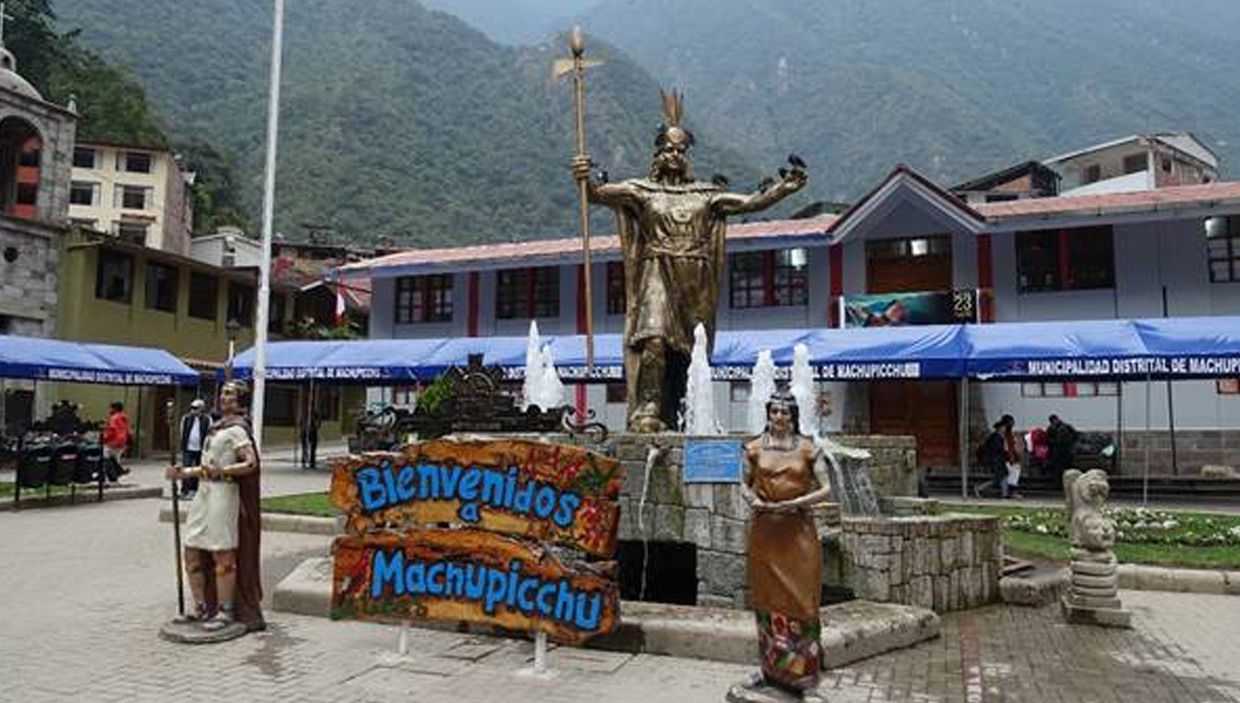
If I have any tips for the last day of this tour is that you need to extend your stay by a day and explore Machu Picchu in your own time to soak in all its glory.
The last day of the itinerary is tight and you may not have enough time to see or do everything Machu Picchu has to offer. We travel a long way from Australia and the worst thing is to leave this magnificent site felling like you need a do over. It truly is a wonder of the world.
If you want to find out more about the destinations in this article, or have any questions in general please contact us.




